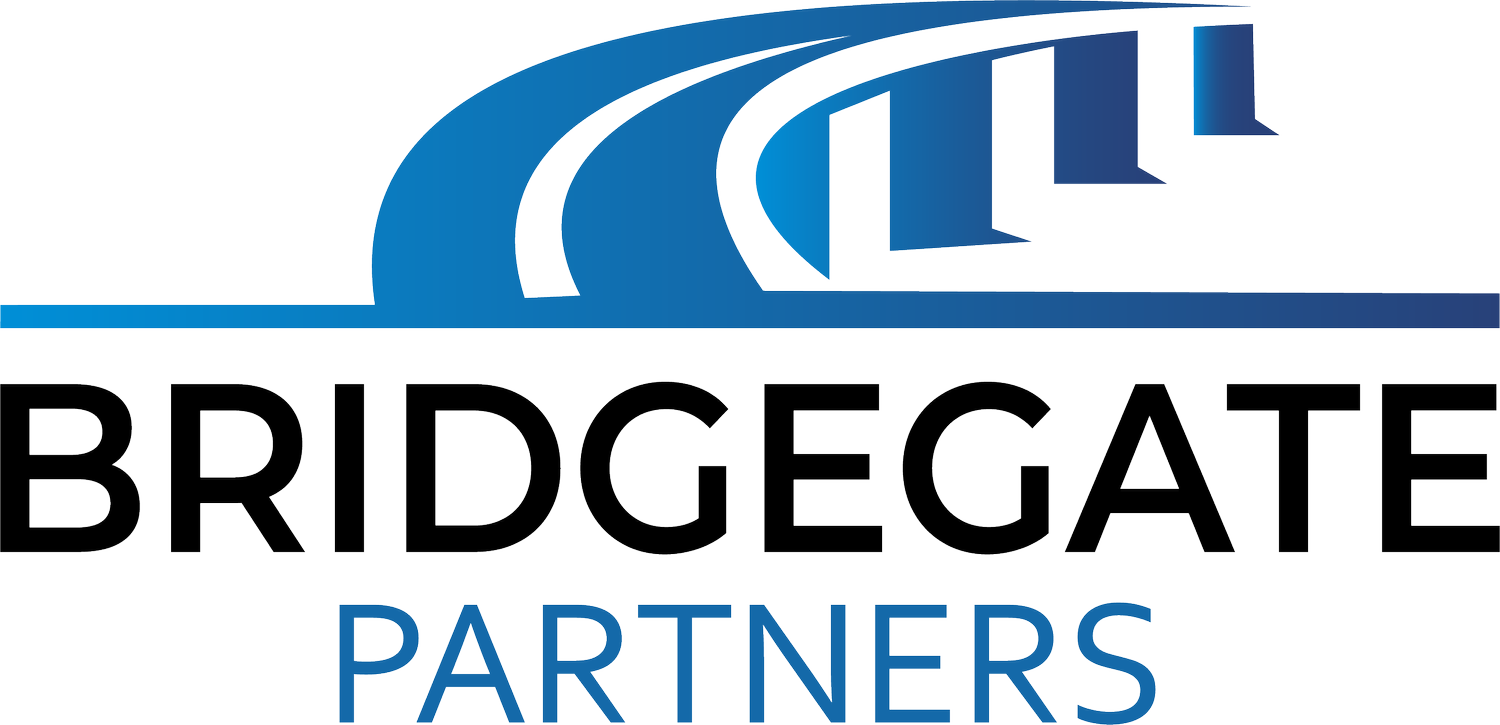3 Ways to Value Your Business
Note: this article first appeared on the Sixty and Me website on 3/7/24.
In my last blog post, I provided an overview of how to answer the first question most business owners ask: “What’s my business worth”? The two-part answer is:
1. What someone will pay for it; and
2. It varies depending on several factors like income, expenses, reputation, brand, operational efficiencies, amount of recurring revenue and intellectual property.
In this column, we’ll look at the three primary ways to value your business and we’ll use the two businesses I introduced in the last post to give you an idea of how this process works.
One caution: valuing a business is a complex process, and a single method is rarely used in isolation. While having a rough estimate of the value of your business in the beginning is useful, you’ll ask for a formal valuation from an independent valuation expert later in the sales journey.
Three Valuation Methods
Market-based valuation: This approach compares your business to similar companies that have been recently sold. An advantage of this approach is it uses real-world data from recent market transactions.
On the other hand, while this this method is easy to understand and doesn't require elaborate financial modeling, finding businesses like yours in terms of size, services offered, and market position is difficult
Income-based valuation: This method forecasts future cash flows and discounts them to their present value, providing an estimate of the business's present worth.
On the plus side, this method estimates your business's growth prospects, which can be especially valuable for businesses with strong future potential. It’s also flexible so you can customize the forecast period and discount rate based on your specific circumstances.
However, the usefulness of income-based valuation hinges on the accuracy of your future cash flow projections. Because the future is un-knowable, an income valuation is subjective and prone to unforeseen circumstances.
Asset-based valuation: This approach values the business based on the fair market value of its tangible and intangible assets. This method is most relevant for businesses that rely heavily on physical assets like machinery or equipment. It’s rarely used for service businesses where the true value often lies in its intangible assets like brand reputation, customer relationships, and expertise.
Two Examples
Let’s have some fun and look at two businesses and how we might value them.
The first business is Debi’s Turkish-style grilled chicken pita sandwiches that is a staple at the local Farmer’s Market.
Which valuation methods might apply for Debi’s grilling business?
Debi rents the tent and grill she uses. Therefore, the asset method doesn’t apply
It’s possible the market-based valuation might be useful for Debi. She could contact the Farmer’s Market Association and find out what other similar businesses have sold for in the last few years. Debi knows many of the current vendors in the Farmer’s Market and she could ask some of her fellow owners if they would tell her what they paid for their businesses. Thus, a simple market-based valuation might be useful for Debi.
An income valuation approach might also be valuable for Debi. She’s organized and keeps excellent records, so she knows her financial numbers. She could forecast a growth rate. She could also factor in new opportunities for her business, for example, an expanded menu list, higher prices, and locate other Farmer’s markets and street fairs at which she could sell her products.
One negative for Debi in valuing her business is the lack of true recurring customers. While my wife and I buy our Sunday lunch from Debi several times a month, Debi is not assured of our continued business.
How might Donna estimate the value of her yarn shop business?
Like Debi, Donna doesn’t have many assets and the asset method won’t give her much useful information about the value of her business.
However, the market-based valuation might provide Donna with useful information. Donna could ask the yarn association of which she is a member for data on other recent yarn shops sales. She knows a few other yarn shop owners personally and she could ask them for ideas as well.
The valuation method that would provide Donna with the most useful information is the income approach. Like Debi, Donna could factor in the potential value of raising her prices, adding services and products, and opportunities to increase her foot traffic and purchase frequency. Donna also has a significant advantage over Debi. Can you think of what it is?
True Recurring Revenue
Donna’s advantage is her on-line subscription service for three reasons:
1. It’s a regular source of recurring income for her with low cost for sales.
2. Her subscription model offers the potential for national (or even international) sales. Where Debi is limited to her physical location, Donna’s potential client base is enormous.
3. Donna’s mail list offers opportunities for cross-selling with other vendors who offer services that are complimentary to her basic yarn service.
Even though Debi’s business revenue and Donna’s are similar, Donna’s business would carry a significantly higher valuation because of the potential growth opportunities for her business.
Conclusion
How you estimate the value of your business should reflect its unique value proposition. As you think about selling your business, focus on the value in the eyes of a potential buyer. After you examine your business in these terms, think about how you can enhance the strongest drivers of your business’ value.
What questions do you have about determining the value of your business? I’m happy to answer questions if you put them in the comments section below.
